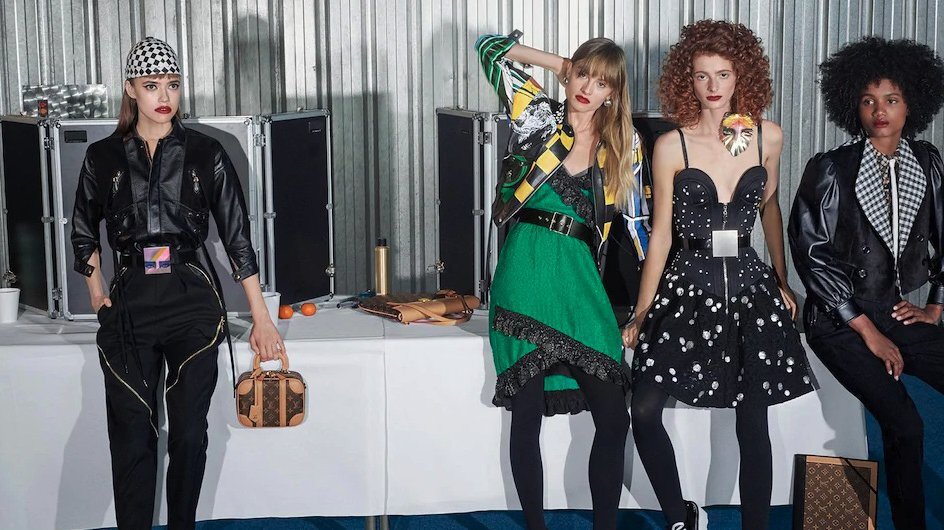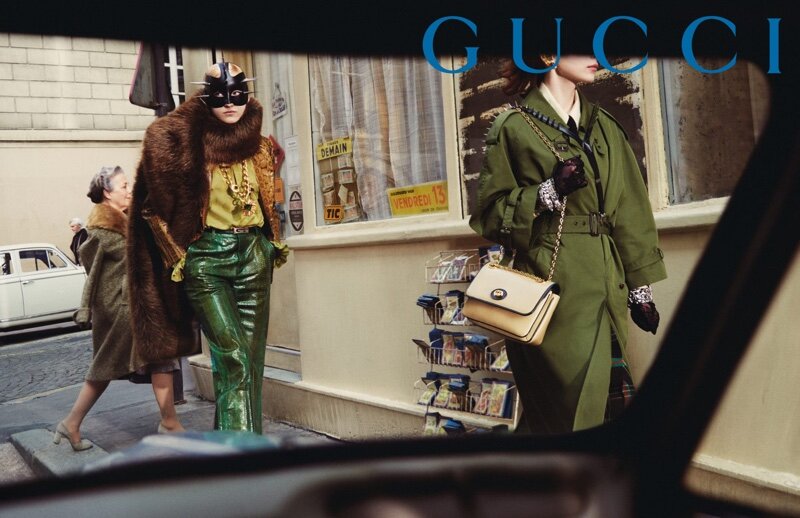Generations Y and Z will account for 130 percent of luxury market growth through 2025, but brands need to stay cognisant that these consumers have evolving views of ownership.
Louis Vuitton, Gucci, Michael Kors, Balenciaga and Versace are top five most searched luxury brands, highlighting the importance for companies to ensure they create meaningful online engagement not only through Search but also across their whole online ecosystem.
According to the 10th annual ForwardPMX Luxury Study, nearly all luxury purchases will be influenced by online interactions by 2025, whether transactions are completed online or in-store. Resale sites are also becoming more popular among luxury consumers, demonstrating that accessibility is also driving luxury growth.
“The sector has strong, growing demand – search volume for luxury brands was up 10 percent this past year,” said Paul Freibott, senior director of research at ForwardPMX, New York. “Simultaneously, overall site traffic for those same brands grew less quickly at 6 percent, and branded search traffic is slowing being chipped away by a variety of partner and non-partner sites.”
ForwardPMX’s study reflects an analysis of the US market, although Chinese consumers are expected to drive a significant amount of growth in the industry.
Online drivers
Online engagement – including website visits, brand name searches and social interactions – all grew from the previous year.
Visits to luxury brand websites jumped 6 percent year-over-year in the 12 months ended May 2019, for a total of 198.8 million hits. The most significant growth in traffic occurred during the spring and fall seasons.
Website visits are dominated by millennial consumers, who account for more than 20 percent of traffic, while Gen Z adults are over-represented compared to their share of the population. This is significant because most Gen Z consumers are in their teen years, so this generation’s purchasing power is only set to grow.
Ten brands are responsible for more than three-quarters of all Web traffic in the luxury category.
US labels Michael Kors and Ralph Lauren lead the way, with online market share of 16.1 and 12.9 percent, respectively. True luxury brands Louis Vuitton, Gucci and Chanel round out the top five.
Streetwear-friendly labels Fendi and Balenciaga both saw their online market share grow by more than 50 percent, although this pales in comparison to high-end streetwear label Heron Preston. The brand’s website had less than 136,000 visits last year, but this represented growth of 113 percent.
Search engines, particularly Google, drive more than half of all referred visits to luxury brand sites. Organic search accounts for 57 percent of this, while paid search is responsible for the remaining 43 percent.
Louis Vuitton is the most searched brand, with more than 15 percent of the market share. Gucci, Michael Kors, Balenciaga and Versace round out the top five brands for search.
“Some brand searchers undoubtedly click over to the brands’ Instagram or YouTube pages, but also department stores, online shops and resale sites, which are largely beyond the brand’s ability to control,” Mr. Freibott said.
“The overall ecosystem points to more of these challenges ahead, but it also creates opportunity for luxury brands to ensure they’re driving meaningful engagement across other platforms, for instance, focusing on the monetisation of social, while not alienating audiences.”
Social media drives 5.5 percent of the traffic to luxury brands, led by Facebook and YouTube.
It is also worth noting that more than 40 percent of site visitors exit and continue to other online shopping sites. Ecommerce giant Amazon is the online store most visited after a luxury brand site, with more traffic than Farfetch, Ssense and Net-A-Porter combined.
Accessible luxury
Traffic to resale sites is also up, including after consumers visit luxury brand sites.
This is particularly true in the case of shoppers searching for luxury handbags. In this instance, resale sites offering pre-owned luxury goods had the largest click share after brand sites.
Secondhand seller Rebag is making the shift from pure-play etail to omnichannel by strategically opening physical stores in areas with strong online adoption. Rebag plans to have a retail footprint of 30 stores in the medium term, with a mix of standalone spaces and stores in major luxury malls.
Luxury brands themselves have an opportunity to own more of the circular economy either through partnerships or directly operated services, as consumers open up to secondhand goods and alternative ownership.
During LuxeCX/AMCX 2019, two executives from Altiant shared research that shows that luxury brands’ stores and Web sites would be consumers’ preferred channel for rentals if they offered such a service. Altiant found that 46 percent of affluents have purchased a pre-owned luxury item, with pre-owned goods even more popular among women and those under 40.
Department store chain Bloomingdale’s is set to debut its own rental subscription service, becoming the first luxury retailer to enter the increasingly competitive space. Although other high-end retailers have linked up with subscription services or partnered with secondhand resellers, this marks the first time a traditional bricks-and-mortar brand is merging the two.
“There is no single type of consumer drawn to luxury resale or rental, the same as there’s no single luxury consumer in general,” ForwardPMX’s Mr. Freibott said.
“Some are drawn by the notion of access to something covetable that would otherwise be out of reach at full price,” he said. “Some see rental or buying pre-owned as a way to practice sustainability without sacrificing fashion; indeed, it enables even faster changeover when the whim strikes.
“At the core of this is a changing definition of status – status, as defined by the things you own, is gradually fading. Instead, consumers look to share meaningful moments with brands, and draw on their wealth of experiences versus a wealth of possessions, valuing creativity, newness and experimentation.”
This article was originally published on Luxury Daily. It has been adapted for clarity and style and is republished with permission.
Cover Image: Louis Vuitton Autumn/Winter 2019 Campaign. Photo: Courtesy.
Read full article here: https://www.luxurysociety.com/en/articles/2019/10/louis-vuitton-and-gucci-are-most-searched-luxury-brands


